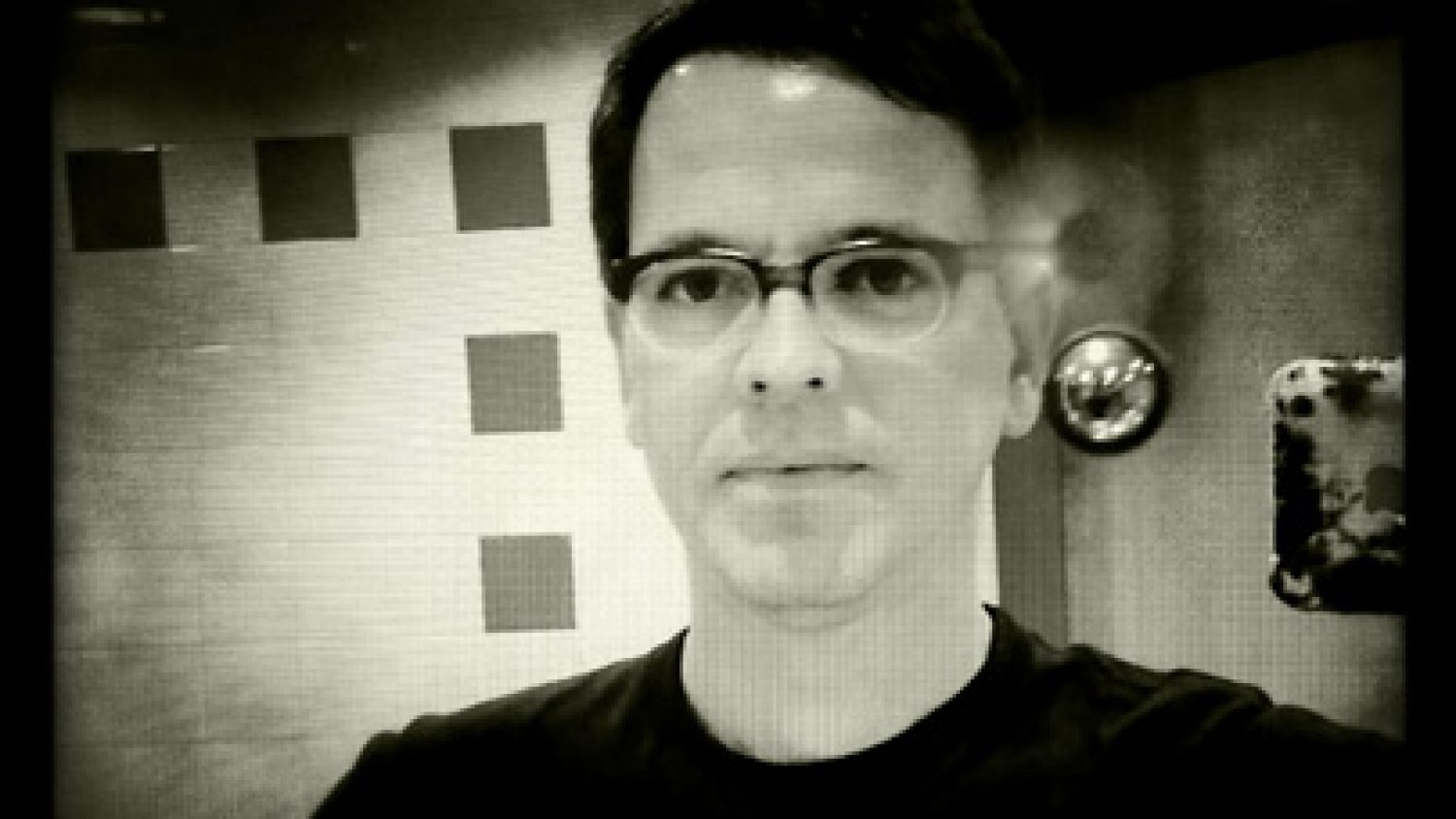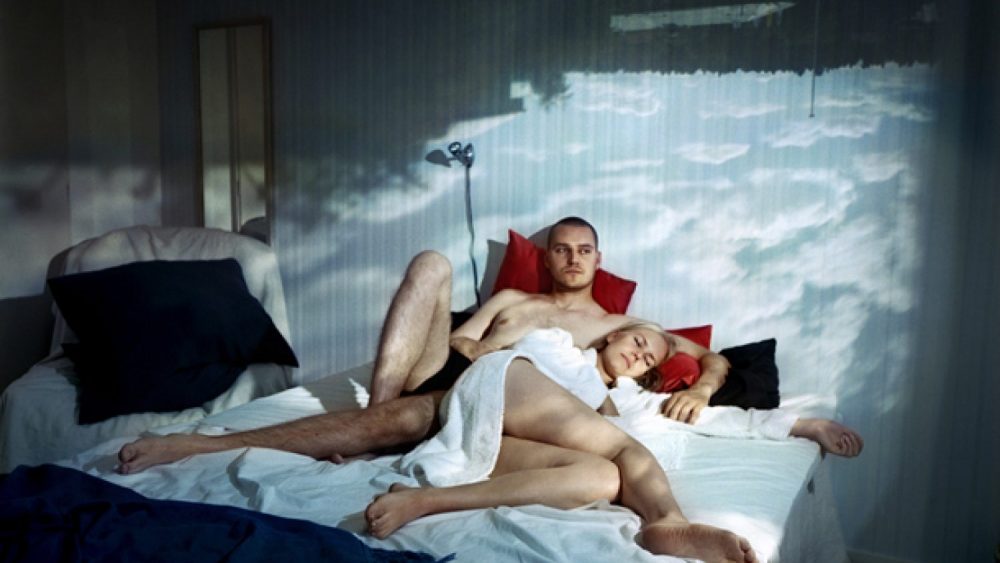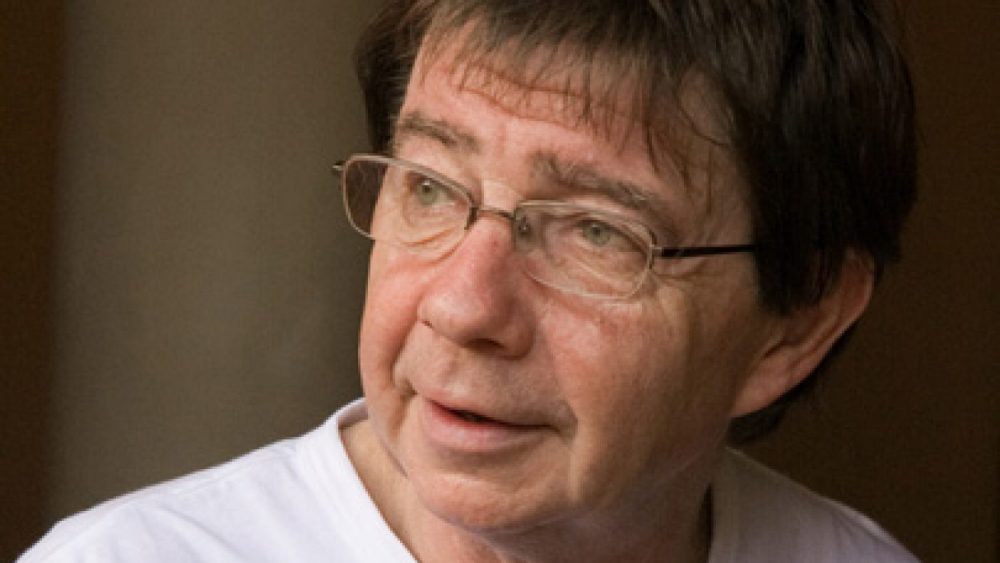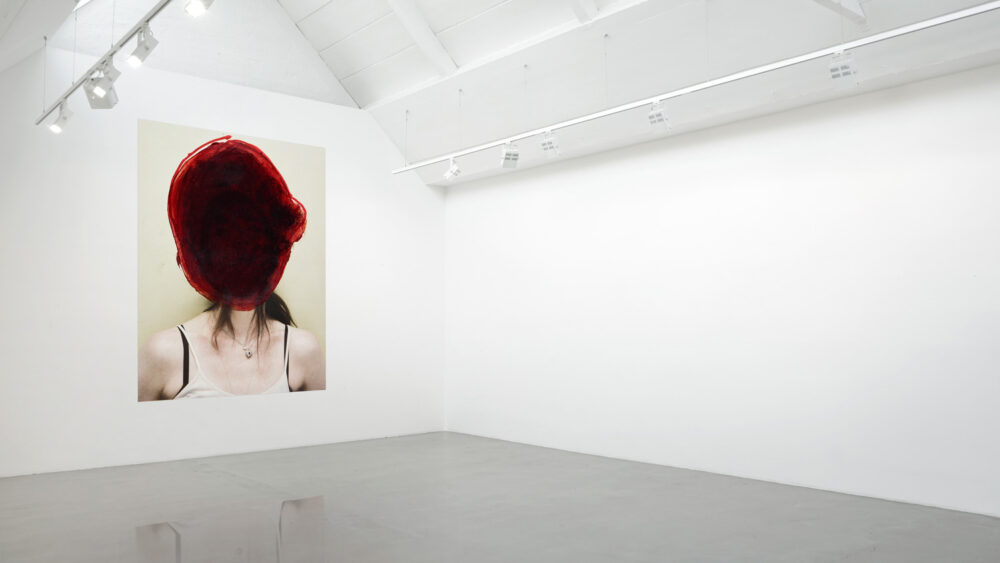Photobooks can change your life
Markus Schaden (1965) is one of the best-known names in the photobook world. An experienced bookseller, he founded the Schaden publishing house in 1995, followed by a bookshop a few years later, based in Cologne, Germany, and online. Schaden has served on the juries of photography festivals in Kassel, Mannheim, Arles, Paris, Krakow and Los Angeles, as well as the Blurb Photography Book Award. He was a member of the Editorial Board of FOAM magazine and guest editor of the second edition of the Photobook Review by Aperture. Schaden has taught at the Academy of Media Arts Cologne and currently works as a temporary lecturer at the University of Applied Sciences and Art in Dortmund and as a lecturer at the Lichtblick School in Cologne. At the beginning of 2012, he gave up the book trading business and is currently working on setting up the world’s first PhotoBookMuseum in Cologne, which will open in August this year.
Last week Schaden visited Riga to be on the jury for the Riga Photomonth’s Self Publish Riga dummy competition and to share his views on photography books in a public talk.
How did you become interested in photobooks?
That’s a long story! I became a bookseller in the mid 80s, and I had the chance to run a little old art book store. I had a few really nice customers who were big fans of photobooks. They taught me about Chargesheimer, van der Elsken, Cartier- Bresson, all the important things. I fell in love in a way, so I extended the photobook section. A lot. Afterwards, I moved to a bigger bookstore by Koenig Books here in Cologne, and ran their shop for eight years. The photobook trade changed – publishers like Taschen started to get involved, more books, bigger quantities. I got really excited about it. We started the first book signings. It was in 1991, I think. In those times, people would wonder why photobooks should be signed. There were only a handful of photobook stores around the world – in New York, a few in Paris, in Tokyo. So I went on a little tour to check out all the bookstores. In New York I had a very unfriendly welcome. I had 1000 dollars in my pocket, from my grandmother. I thought – if I want to get into this business, I need to buy a really expensive book. And they had Bruce Davidson’s Subway edition with a print, so I asked if I could take a look. I really thought – I’m going to buy this. But they didn’t even let me take a look at the book, so I went out of the store without spending even 10 dollars. And I said to myself – if this is the standard way of selling photobooks, we can do better. So in 1998 I decided to set up Schaden.com with my brother. To make a long story short – this was before the internet became widely used, but we already saw the future in it, that it would help us find our clients worldwide. But the idea we had in beginning – you install a bookstore and then you run it – forget about it. We had to change nearly every year. We realized we need more books about photobooks. Then the internet became widely used. The crowd started growing. Good clients of mine opened bookstores themselves. Competition got stronger. We decided to expand and travel with our bookstore, joined the first Paris Photo photobook fair, went to Arles, New York, Los Angeles. Started to do vintage reprints, published around 100 books all together. But in 2010 it became very difficult, Amazon was really pushing the prices, publishers started to sell their books on their own, we lost interesting books. So we invented the photobook studies programme, masterclasses about making photobooks, created exhibitions about books. Finally, I was a bit exhausted. My assion for photobooks is not so much driven by business. I love the medium. I’m not really involved in debates on paper vs. screen. I think we have to use any kind of distribution, whatever is possible. I’m not like the classic collector who looks at the book as a fetish object. For sure, I love paper, but sometimes you need other solutions. I decided to stop the trading business, and now we are trying to transform Schaden.com into a foun- dation that will develop photobook culture. The PhotoBookMuseum is one part of it.
What do you see as other ways of developing photobook culture? What would be your role in that?
I think you need a passion, a vision. Photobooks for me are a kind of visual Esperanto. What I love is that it doesn’t matter if I look at an Indonesian photobook or a book from Brazil. But we have to break out from this inner circle, people who are already involved, photographers, collectors, makers – we need a much wider audience, we need more people who understand photobooks. As it is in literature. Or in music. If you listen to a Beethoven symphony, sure, if you have an educated ear, if you know all the different versions, it’s easier to say “ok, this is a great interpretation”. But you can also listen to Beethoven without knowing anything and be impressed. I hope The PhotoBookMuseum will contribute to the process of finding a wider audience and confirm the book as a central form of expression in photography. Now there is an overflow of images. In 2013 alone, more photos were made than in 170 years of photographic history before that.

So which books changed your life?
There was one during my bookseller education. I found a little book from Cologne-based photographer Chargesheimer. In the 80s every German lusted to go to Berlin. I also planned to do that. But that changed after buying this book about Cologne, which didn’t show the Dom or any other touristic clichés – it was about postwar life, showing why living in this area is interesting, what makes it special. I fell in love with the book and decided not to go to Berlin. All my friends went to Berlin, but I stayed in Cologne. I said to myself, now I know why here is as good as I thought it is. I love American photography, so William Eggleston and Stephen Shore were special discoveries. A few more. It is hard to look back through 25 years of book selling. Maybe life-changing sounds too dramatic, but even to make new discoveries, to learn something, to go to the parts of the world you would never have a chance to go, even to look at countries and people in a new way is a nice thing. And going back to what is a good photobook, for me it is a book that keeps me busy. Nowadays, there is a huge quantity of really good photobooks. But not many of them are groundbreaking. If you have seen as many good books as I have, you sharpen up to what really shakes you. Sure, you need a good standard. Today it is on a very high level compared to 10 years ago. So it is more important sometimes to break some rules, to keep it interesting, to keep things curious. If a book stops me and I have to think and I’m not even sure why, then its interesting for me. Last year 600 books were competing for the Kassel Dummy Award, at Arles – 700 books. You see a few thousand books every year, but there are only a few that really catch you. Last year, I have to say it was Pigs by Carlos Spottorno. The images in it are really good, there is humour, but this is only one point. The other point is the concept: to take over The Economist’s look, to use the PIGS idea – Portugal, Italy, Greece and Spain as the crisis countries. And he also faked the website of the WTF Bank. I love that it is 9.99 EUR. That he could pull off the fake distribution by putting copies in newsagents. The only thing I told him was that I would go one step further – if you sell it, you should sell 5 copies together, and the person who buys the whole bunch has a little contract saying he has to distribute the other four in his neighbourhood or wherever he travels. But that would be too perfect.
We need discussions about photobooks. People write reviews on books for magazines – literature, fiction, non-fiction. I would like to see serious reviews of photobooks. It would be nice if cultural journalists took photography as seriously as other art forms. Maybe in Holland they do. Rob Hornstra and Arnold Van Bruggen had reviews on their Sochi Project, full spreads in the main newspapers. That should be happening everywhere.
Could you talk a bit more about The PhotobookMuseum?
We’ll have a huge factory, 6000 square meters, over 25 exhibitions. Erik Kessels will concentrate on the history of private photo albums, while Martin Parr will present a collection of important photobooks on the subject of protest. Another group of exhibitions will focus on outstanding examples of current photobooks. A further exhibition will be dedicated to Carlos Spottorno, the winner of the 2013 Kassel Photobook Award. As a gesture of respect to Anders Petersen, The PhotoBookMuseum is planning to build a replica of Café Lehmitz. Petersen’s photographs of this famous Hamburg bar were published in 1978 in a photobook of the same name. And many more.
I don’t want to have an old-school museum with vitrines, I want to show how connected to life the books are. It’s not about creating a space to archive expensive books. For example, with the collections, we are not going to show all the books – I prefer to show and explain how people collect, to show their shelves at home. If people set up other photobook museums, it would be great. I think it’s a statement we need in the museum world. A vision of what a future museum could be. Not just a holy place to collect things for eternity, rather an active place for sharing and building up a community, for seeing how culture is developing now. Also, for me it is something new. Schaden.com was a good time, no question about that. Germans like to say that the old times were better, but I hate this. For now, The PhotoBookMuseum is kind of the final masterplan I have been preparing for the last 30 years. Even if it doesn’t work out, it has to give an impulse. Maybe for the next generation. This is the mission.
Full interview with Markus Schaden is available in the Riga Photomonth catalogue, distributed together with Latvian Photography Yearbook 2014.



